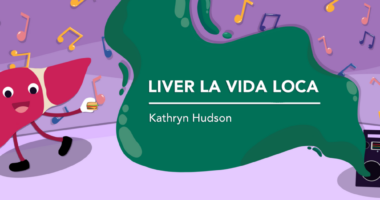‘Good Cholesterol’ Therapy CER-209 Enters Phase 1 Trial for NAFLD and NASH

Cerenis Therapeutics has initiated a Phase 1 clinical trial of CER-209 for the treatment of non-alcoholic steatohepatitis (NASH) and non-alcoholic fatty liver disease (NAFLD).
The drug is a compound that makes it easier for the liver to recognize “good cholesterol” and acts to eliminate more fat in the feces.
“We believe that CER-209, new patented molecule coming from our research, has the potential to play an innovative part by both addressing hepatic steatosis and atherosclerosis,” Jean-Louis Dasseux, PhD, founder and CEO of Cerenis, said in a press release.
The drug acts to stimulate a receptor called P2Y13. In preclinical studies, CER-209 increased uptake of high-density lipoprotein (HDL), also known as good cholesterol, into the liver and was linked to an increased secretion of bile acid.
Treatment also reduced atherosclerotic plaques in the aorta and brain arteries in animal models, in which researchers also noted a reduction of fatty liver disease. Cholesterol and other types of fat in the liver were reduced. Levels of the liver enzymes ALT and AST in the blood also were reduced, leading researchers to believe the treatment restores the liver and its function.
“CER-209’s major asset in NASH and NAFLD treatment lies in its ability to promote HDL recognition and lipid elimination by the liver, through the activation of natural metabolic pathways mediated by the P2Y13 receptor,” Dasseux said.
The Phase 1 trial was made possible when the U.S. Food and Drug Administration (FDA) approved Cerenis’ Investigational New Drug (IND) application in December 2016.
The trial will be a randomized, double-blind study, in which CER-209 will be compared to placebo in healthy volunteers, who will receive increasing doses of the drug.
The aim is to evaluate the drug’s effectiveness and tolerability, but researchers also will study how the drug impacts physiological mechanisms and how it is processed in the body once ingested.
“According to the American Liver Foundation, NASH is one of the leading causes of cirrhosis in adults in the United-States,” said Dasseux.
“Twenty-five percent of adults having NASH will develop a cirrhosis, and there currently are no approved therapies for these diseases. In addition, epidemiological studies demonstrate that the cardiovascular risk is increased in patients with hepatic steatosis and that the cardiovascular diseases associated are the leading causes of death in patients with liver steatosis,” he added.
NAFLD, a precursor of NASH, is now considered the most common liver disease in the world. It affects nearly one in every three people worldwide.






